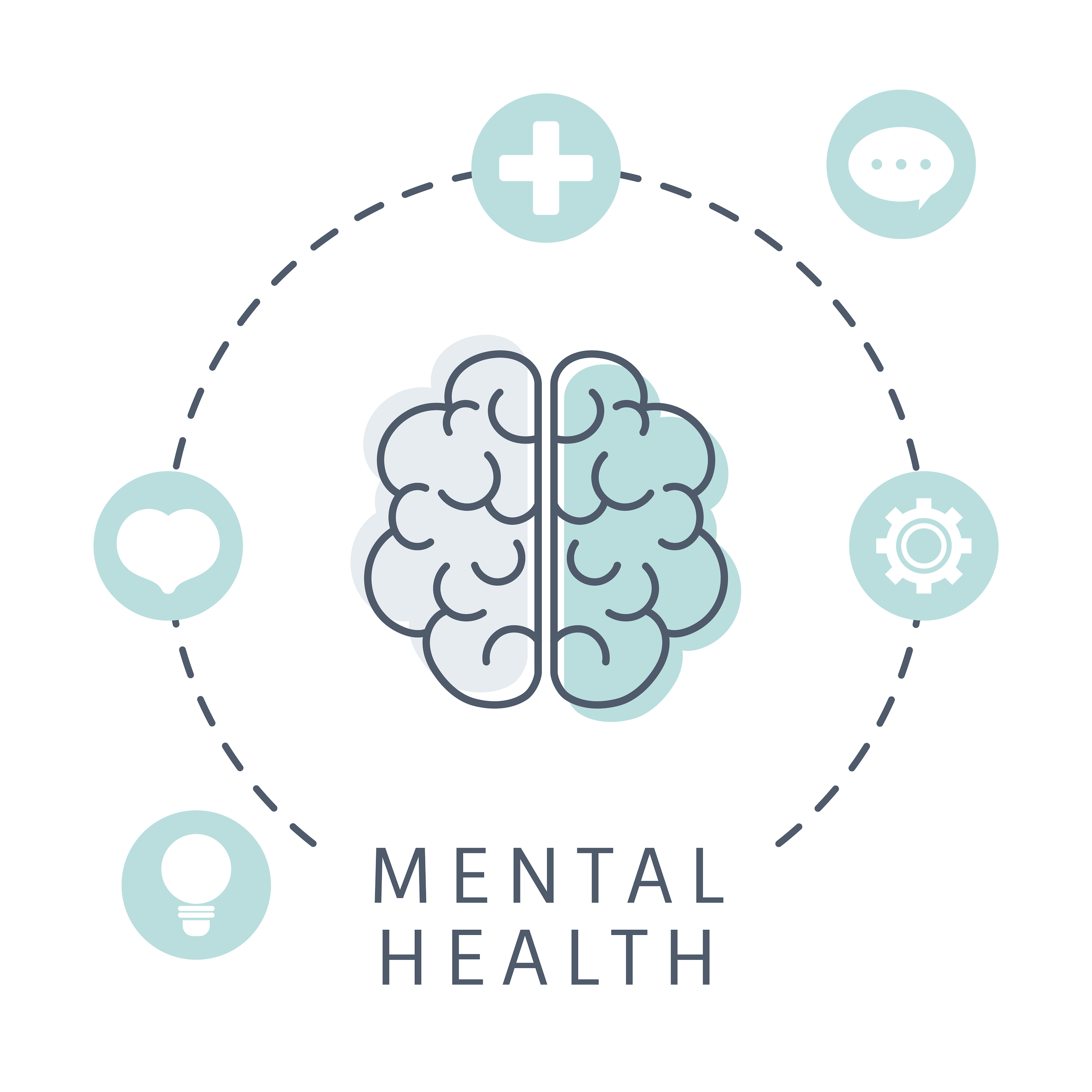Too Much Screen Time? How to Help Your Kids Find the Right Balance
 The way we talk to our kids about using technology can have a huge impact on their ability to become smart and well-rounded adults. After years of researching how to moderate kids’ screen time, I discovered how the most successful parents help their kids find balance. Read more ›
The way we talk to our kids about using technology can have a huge impact on their ability to become smart and well-rounded adults. After years of researching how to moderate kids’ screen time, I discovered how the most successful parents help their kids find balance. Read more ›


 “The Internet can crack us open to seeing so many things that we would have never encountered otherwise. And that’s one of the most beautiful, miraculous things about it. But it can also divide our attention and make us feel fractured,” says
“The Internet can crack us open to seeing so many things that we would have never encountered otherwise. And that’s one of the most beautiful, miraculous things about it. But it can also divide our attention and make us feel fractured,” says 
 Loneliness among adolescents around the globe has skyrocketed since a decade ago — and it may be tied to smartphone use, a
Loneliness among adolescents around the globe has skyrocketed since a decade ago — and it may be tied to smartphone use, a 




 Fortunately, education is progressing to become more inclusive of those with different learning styles and educational needs, but there is still a lot that can be done to make the classroom more inclusive for each and every student.
Fortunately, education is progressing to become more inclusive of those with different learning styles and educational needs, but there is still a lot that can be done to make the classroom more inclusive for each and every student. 
 The News Literacy Project and Scripps are teaming up with other partners Jan. 25-29 on sessions, activities and resources for educators to help children identify truth from fiction.
The News Literacy Project and Scripps are teaming up with other partners Jan. 25-29 on sessions, activities and resources for educators to help children identify truth from fiction. 
 In an online forum, a message appears.
In an online forum, a message appears.
 TikTok in the classroom need not be a distraction that is banned but, rather, it can be a useful tool in helping teachers reach and engage with students on a deeper and more meaningful level.
TikTok in the classroom need not be a distraction that is banned but, rather, it can be a useful tool in helping teachers reach and engage with students on a deeper and more meaningful level. 
 The U.S. Department of Education created a free
The U.S. Department of Education created a free 

